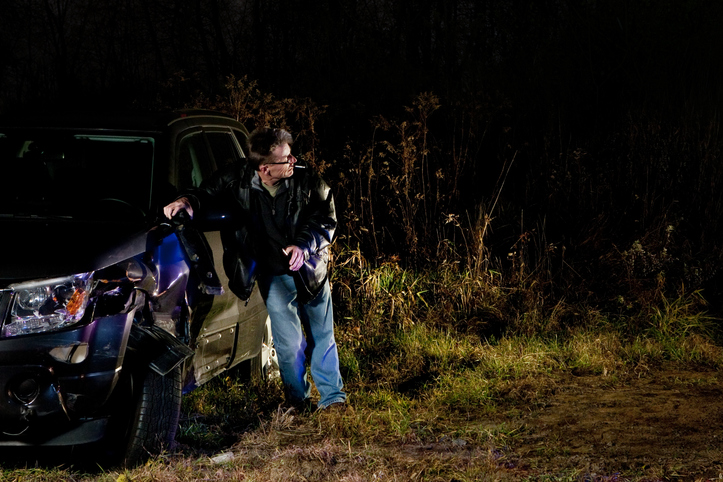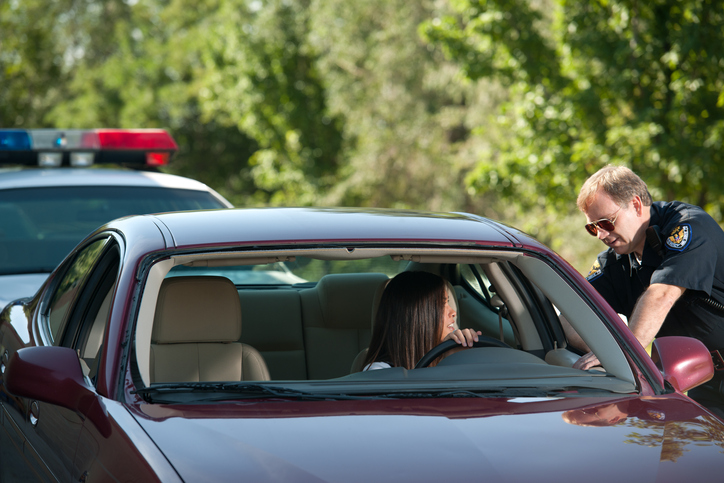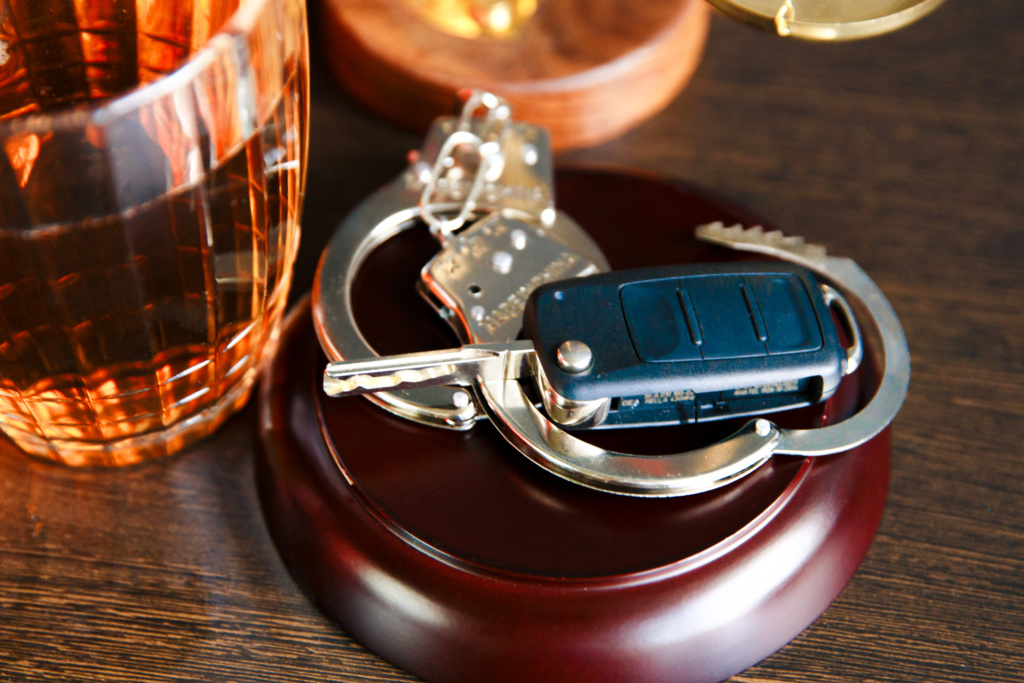One of the most common reasons drivers get pulled over and ultimately arrested for DUI in Seattle is based on violations of the lane travel statute. In 2008 the case of State v. Prado elaborated on what constitutes a violation of the lane travel statute. Last week the Division One Court of Appeals in Washington state finally ruled on another case that sort of expanded on the Prado case in State v. Jones.
So here is the typical situation where these cases apply. A driver is on Interstate 5 here in Seattle. A Washington State Patrol officer is behind the driver. As the vehicle is driving along it brief crosses into another lane and then corrects itself. Based on this a Trooper will conduct a traffic stop and say based on their training and experience when a vehicle drifts into another lane that is a sign of a possible DUI.
In the Prado case the police stopped a car that had crossed a lane divider line in an exit lane by approximately two tire widths for one second ultimately arrested the driver for DUI. The Officer relied on the lane travel statute which states, “A vehicle shall be driven as nearly as practicable entirely within a single lane and shall not be moved from such lane until the driver has first ascertained that such movement can be made safely.” RCW 46.61.140(1).
On appeal, the Court concluded that the language “as nearly as practicable” required an analysis of the totality of the circumstances, which did not justify a stop based on merely a “brief incursion across the white lane line with no erratic driving or safety problems.”
In the State v. Jones case which was decided last week. That driver was observed by the police crossing over the fog line approximately an inch three times, each time correcting its position with a slow drift. Ultimately that driver was stopped and found in possession of a firearm when he was unlawfully allowed to possess one. As in the Prado decision, the Court of Appeals once again found there was insufficient evidence a lane violation had occurred based on the testimony and evidence before the Court.
As a Seattle DUI Attorney, I found this decision interesting in a couple of ways. First the driving in the Jones case was arguably more in violation of the lane travel statute than in the Prado case. Remember in Prado that driver crossed a lane of travel by two tire widths for less than a second. In the Jones case that driver crossed the fog line by an inch 3 times and then slowly drifted back into the lane of travel.
From a reading of the Courts opinion it sounds like the Prosecutor may have dropped the ball during the initial testimonial motion to suppress. During the appeal of the Jones case the Prosecutor relied on a case named State v. McLean. In that case a Trooper stopped a driver after observing him cross the fog line three times. Sounds familiar, right?
Well as the Court pointed out in the Jones case. The McLean case is different because in the case testimony was elicited from the Trooper about his training and experience. How drivers that he typically contacts based on similar behavior end up being a DUI. In the Jones case, the Prosecution never elicited such testimony. All they had to elicit from the Trooper was based on her training and experience she has seen this type of driving before and the majority of drivers she pulls over for this infraction have been drinking.
Anyway so in my opinion as a DUI Attorney this is a favorable case for the Defense.
_
About the author: Matthew Leyba is a DUI Attorney in Seattle. He is the firm owner of Leyba Defense PLLC, a boutique DUI firm located in downtown Seattle. He has been repeatedly recognized as one of the best DUI Lawyers in Seattle by the Seattle Met Magazine’s Annual “Best of” Edition. He is also the highest rated DUI lawyer by Avvo.com



